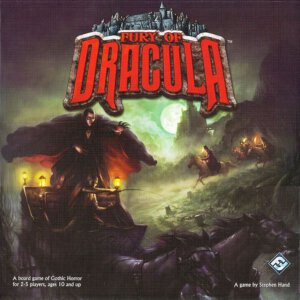
Publisher: Fantasy Flight Games
Designer: Stephen Hand and Kevin Wilson
Artists: Ed Bourelle, Anders Finér, Andrew Navaro, and Scott Nicely
Genre: Hidden movement deduction game set after the events of Dracula
Year: 2005
Players: Two to five players
Ages: 10+
Playing time: Two to three hours
MSRP: $60.00 U.S.
Fury of Dracula picks up after the events in Bram Stoker’s novel Dracula. The Count has returned from the great beyond and is looking to seek vengeance upon the hunters who once defeated him, while also giving rise to a legion of undead across Europe. Once again Dr. Seward, Lord Godalming, Professor Van Helsing and Mina Harker must join forces in order to put an end to the count’s evil once and for all.
Originally released back in 1985 by Games Workshop, Fury of Dracula was picked up by FFG and the components were completely reworked. The game features some interesting mechanics, reminiscent of other games along the lines of Scotland Yard and Garibaldi: La Trafila. Also tracking night and day as the game progresses is very important as Dracula and his minions are weaker during the day and extremely powerful and dangerous at night. The Count always remains hidden off table, not represented by a miniature, until his location has been revealed by the hunters tracking him down, or by the vampire lord himself attacking one of the hunters. Unlike the vampire hunters, Dracula uses special movement cards to travel across Europe.
I’ll get into the meat and potatoes (or should I say blood and guts?) of Fury of Dracula in a moment but let’s first take a look at the components.
Like the majority of Fantasy Flight games, FoD is beautifully designed, containing high quality components and artwork. The game includes five character cards, various tokens, several card decks, special dice, and five very detailed plastic character miniatures.
The area in play is a map of Europe, broken into west and east. The board itself, ranges from western Europe and reaches into Germany and down to Romania. It features 60 cities and towns, which

are connected by either railroads or simple roads. The map is also brakes down into two somewhat equal halves, representing western and eastern Europe. The differences in the two regions is simply how efficient the trains run. Hunters are able to travel further in western Europe by rail than they can in eastern Europe. Dracula may not use railroads and can only move along the dirt raods – and moves one area each turn. The hunters, on the other hand, may chose either to walk on foot, one area at a time – just like Dracula – or take a train. Taking a train requires the hunter to roll the special “train” die to see how far they can travel. The results range from “ X “ which means there’s a delay and their turn ends, “0” meaning the train connection was missed but allows movement by road, and results of 1-3 indicating the number of areas to be moved through by rail. There is also a 2/3 die result. This result allows travel up to 3 towns by train in western Europe but only 2 towns in eastern Europe.
The board also features a number of sea zones. Travelling by sea is rather time consuming as you have to embark, move out into a sea zone, and then disembark – moving across the English Channel for an example takes three turns. However, you might consider a sea route because you may travel very swiftly around the continent in this way. Whenever the Count embarks on a ship the time of day stops and, until he disembarks, remains the same. Dracula will also loses one blood point every two turns at sea. It can be damaging for Dracula to be at sea but is also an excellent way to lose his pursuers.
There are also some fixed areas on the board as well. There is the “determination track” used for determination markers – after each day the hunters receive a marker – which they can spend on such things as to learning Dracula’s last unknown location. Dracula has his own victory point track as well, receiving one victory point for every day he manages to evade his pursuers, two victory points for every killed investigator, and two victory points if he manages to seed a vampire minion long enough for it to come to full strength.

Each player gets a character sheet showing wounds they can take and any special abilities. The hunter cards also include how many times they can be bitten by Dracula before they “die” – losing all equipment cards – and forced to go to St Mary’s hospital where they regain health.
There are also a couple of decks of cards. Each player gets a few basic fight cards such as Dodge, Punch, or Flee. Then the hunters and Dracula share a deck of event cards. Dracula has his special cards marked by a Dracula symbol, and the investigators by a crucifix. Cards are always drawn from the bottom of the deck so that the card’s respective ownership remains a mystery until drawn. The event cards feature allies, equipment, abilities and perks for either Dracula or the hunters.
Each player may only have 4 such event cards in his hand at any given point, although there are of variations and special rules which may expand your hand size as well. Both Dracula and the hunters may also have one active ally in play at a time. These allies provide useful bonuses for each side but don’t attack or defend on their own. There is also a supply deck (only available for the hunters) containing weapons and other helpful items such as dogs and horses which can provide an ability boost.
Game play is fairly straight forward. The Count wins if he attains his six victory points. The hunters win only if they bring about the death of Dracula.
Since Dracula is taking on four opponents he’s much stronger than the mere mortals who hunt him. He has much more health, is stronger in combat – especially at night – and has access to some fairly devious and terrible vampiric powers. But the Count is not omnipotent. He has limitations, and weaknesses. Crossing water is taxing to the count, costing him a point of blood. He is also distrustful of modern transportation and will only travel by carriage – he will not make use of the train, giving the hunters the ability to move around the board faster than the vampire may.
Dracula is also a cunning opponent. He knows his enemies are many, and that they are formidable in their own ways. For this reason, he moves across the board secretly – leaving a trail of clues for the investigators to follow and perils to harass them along the way.
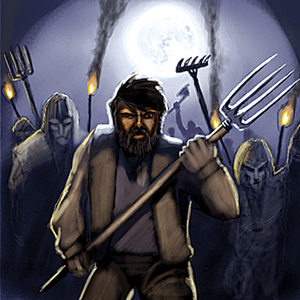
Each of the hunters has their own strength and weakness. Lord Godalming is tough, granting him a bonus in combat, and can use his family’s wealth to catch the fastest trains across the county. Dr. Seward is always prepared, giving him the ability to hold an extra item or event card, and can help his allies recover faster. Professor Van Helsing is motivated thus getting extra actions, and is willful enough to shrug off a vampire bite. Mina Harker is well organized, and can go through the decks faster finding useful items.
Playing as Dracula can be very challenging and tricky. There are the six Dracula location spaces on the board and it is here where the movement cards for the Count are placed. This is a deck of 60 cards, featuring every single location on the board. There is also a smaller deck of sea locations as well. After the hunters have been placed on their starting location, Dracula will decide where he wants to begin.
The Dracula player looks through his deck of locations and decides he wants to start and places the location card face down, not showing what it says to anyone, on the first empty space. This card now tells where the vampire is currently located. As Dracula moves along roads, he picks a new location card, that is adjacent to his previous location and places this on the board facedown. His previous locations are slowly moved to the right, and as they reach the six space they are returned to the Count’s location deck. Dracula will also place small “minion” markers, which he picks randomly from a cup – always having five at hand – on top of these location cards.
A usual turn of Fury of Dracula proceeds, for the most part, in order. Dracula keeps track of time, moving the dial forwards one step as his turn begins. He then picks a new location card and places it on the board, moving all previous location cards to the right. He the places one minion marker on his latest location card, and replenishes his minion hand.
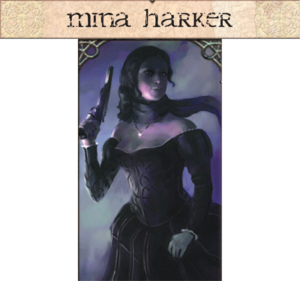
Dracula then takes an action, by either laying a trap for his pursuers, or attacking them directly. Next, the hunters each take a turn, moving along the board after the elusive Count, to be followed by taking actions to search, rest and resupply. As the hunters move into a new location they ask the Dracula player if he has visited this location OR is in fact currently staying there. Should Dracula have visited that particular location sometime during his movement, he has to flip that card in his movement track over, and the hunter will resolve the encounter with Dracula himself or any minion Dracula might have placed in that space.
The minions Dracula places range from spies, dangerous animals, dense fog etc. Each has their own impact on the hunter stumbling into that location.
As Dracula’s location cards reach the 6th and final space they will drop off the board as the next location card is placed in the coming turn and previous moves get pushed one step further to the right. Herein lies the trick playing Dracula! As the vampire player is forbidden to move back into old locations unless thye can get the location card back in hand – once if falls of the board. As the Dracula player you might also want to create vampire minions in certain locations far away and hope they will mature, after falling off the board, before they are discovered and killed by an investigator – speeding up your victory.
Night gives Dracula an edge by allowing him certain additional cards and encounter/travel possibilities. At night Dracula may feed to replenish lost health or turn into a wolf allowing him to move up to 2 spaces at once, even through locations containing a hunter or locations that he has previously visited! This is an excellent ploy for losing your pursuers, as you can suddenly move through their closing ring and confuse them as where to you might have moved. These special cards can only be used once every 7 turns and need to be attached to a location card, making you wait until it falls off the board.

Combat is a common element in the game, as the hunters do battle with either Dracula or his various minions. The mechanic is a sort of rock-paper-scissors, combined with die rolling. Both players involved in the combat draw a tactics card, revealing them at the same time. They then each roll a die, adding any modifiers that might be in play. The winner of the die roll looks at their card, and determines the effect that happens next based on what their opponent’s card was.
The game is also affected by events. Any time a hunter resupplies they may draw event cards, and any time they rest they must draw two of them. Event cards add an element of risk. The majority of them are cards that are to the benefit of the hunters, but also in the mix are events that are actually beneficial to the Count! Event cards are drawn from the bottom of the deck, so the hunters never know if they’re about to draw a card that could either help or hinder them. For the hunters, events can be anything from a helpful tip, a useful ally, or a daring escape in the nick of time. For Dracula, events could be a fearful horse or terrible storm that leads a hunter astray, or the devilish power to foil their best laid plans.
I’ll finish up the review by talking about the overall feel of the game. Many gamers (Elliott is a prime example) prefer games that are little more “immersive” – games where the theme and atmosphere help to really draw you in. The “flavor text”, artwork, and the design mechanics are put together in such a way that they almost tell a story. A good board game is fun. An excellent board game is fun, and has a discernible beginning, middle and end. And by the endgame of your Fury of Dracula session, it should feel like things have come to a climax. Here we have an excellent game in this sense. The design of the gameplay is elegantly interwoven with the Vampire hunt, and the feel is desperate and dark whether you play as Dracula or one of the hunters. The drama of the game definitely builds, creating some desperately exciting moments, building to a strong endgame scenario as either side makes a push for victory.
A special quick mention of the wonderful art in this game should be made. It’s dark, haunting, and effective – and surprisingly sparse. Few of the cards have pictures on them but what art there is beautiful and very appropriate. This is combined with appropriate flavor and a clear understanding of the Dracula novel by the designers. The 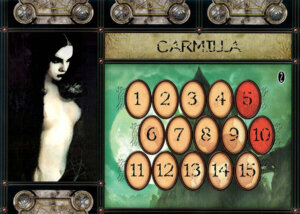
Fury of Dracula is an excellent game with a great deal of replayability. The theme is carefully woven into the game play and, most importantly, it’s fun! The hunters must work together to bring down Dracula, who smugly watches them plan while secretly planting the seeds of their doom. The strategies available to the Dracula player are many – he can be a cautious creature of the night, always a step ahead of the hunters while leaving vampiric thralls in his wake; or a bold aggressor, hunting his foes just as they hunt him.
Likewise, the hunters have many options available. They can spread out in search of Dracula and his minions, or stick together to bolster their strength. They can make haste to hunt the count quickly, or risk biding their time to gather the tools that can give them the edge.
- Chivalry & Sorcery Fifth Edition Reviewed - Nov 3, 2024
- Campaign Builder: Castles & Crowns Reviewed - Nov 2, 2024
- The Roleplaying Game of the Planet of the Apes Quickstart | First Look and Page-Through - Nov 1, 2024




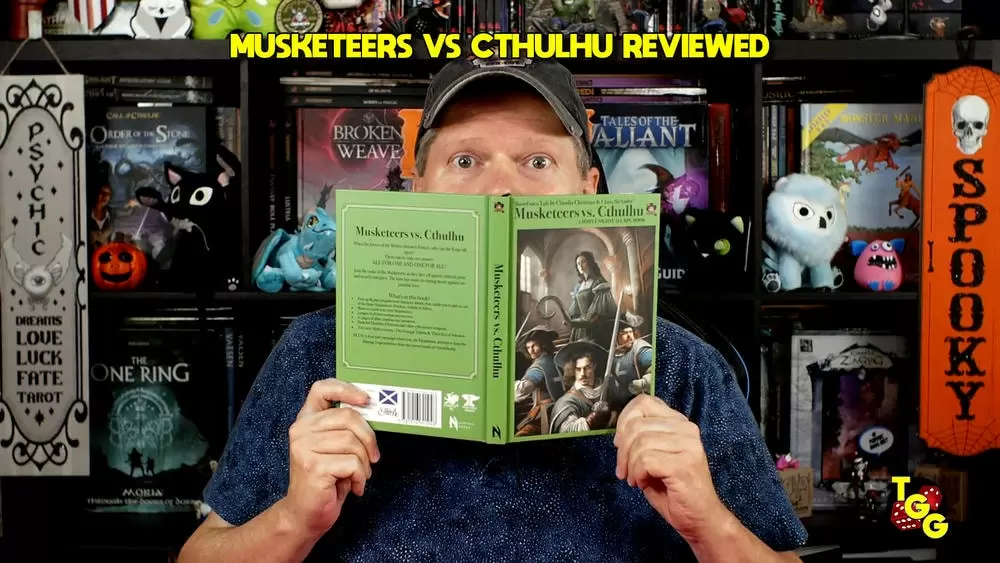
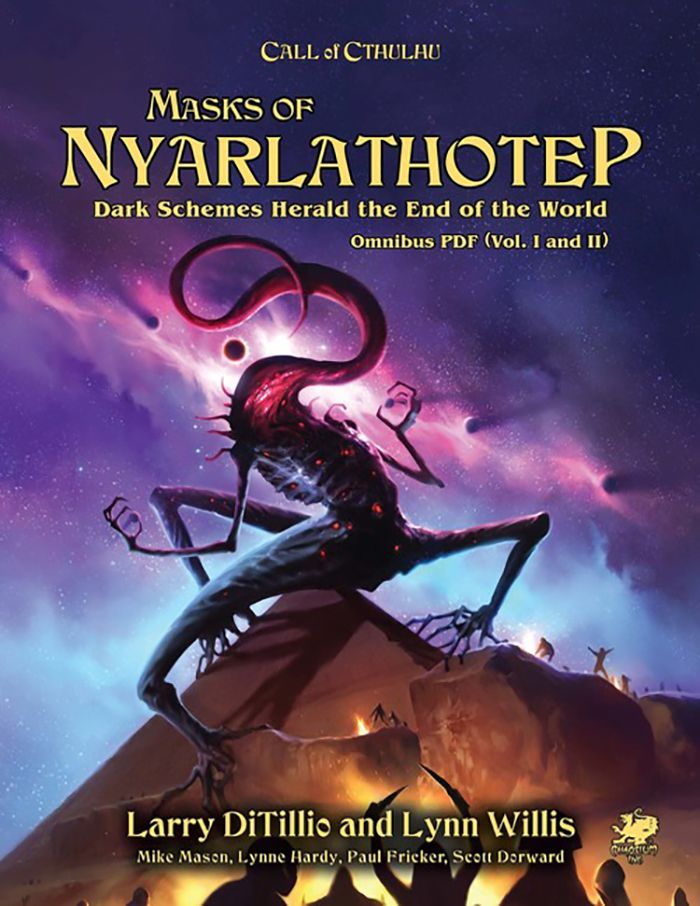
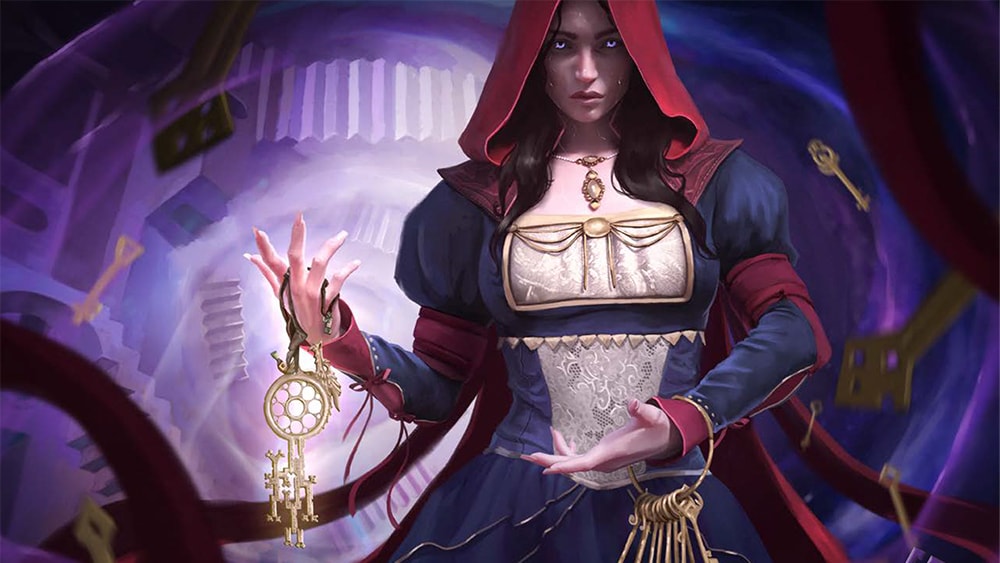
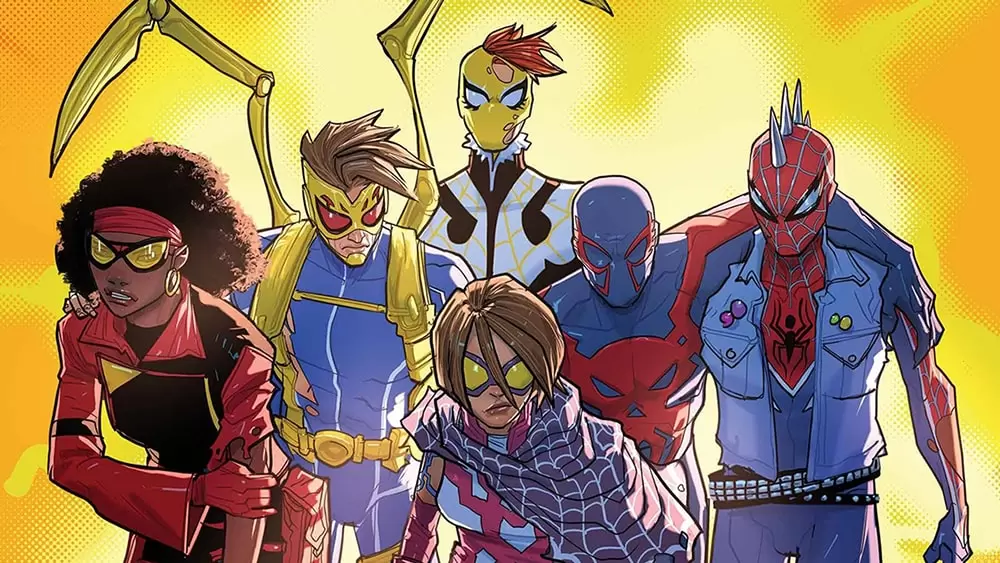
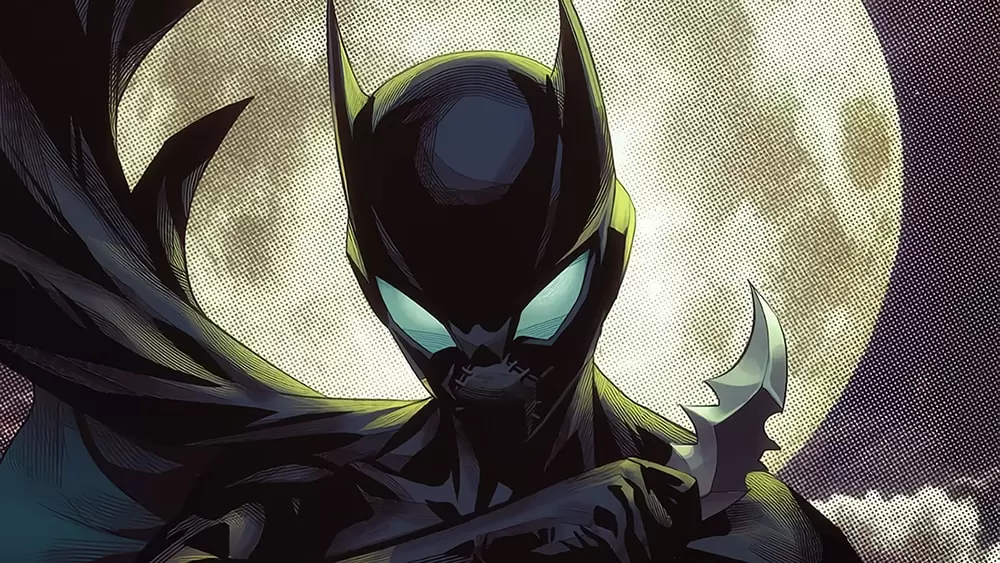

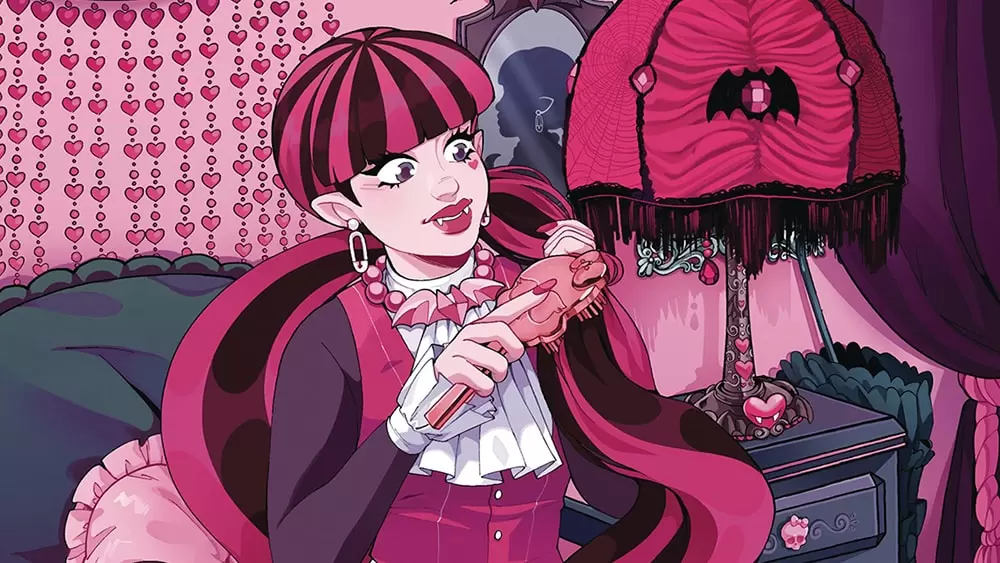
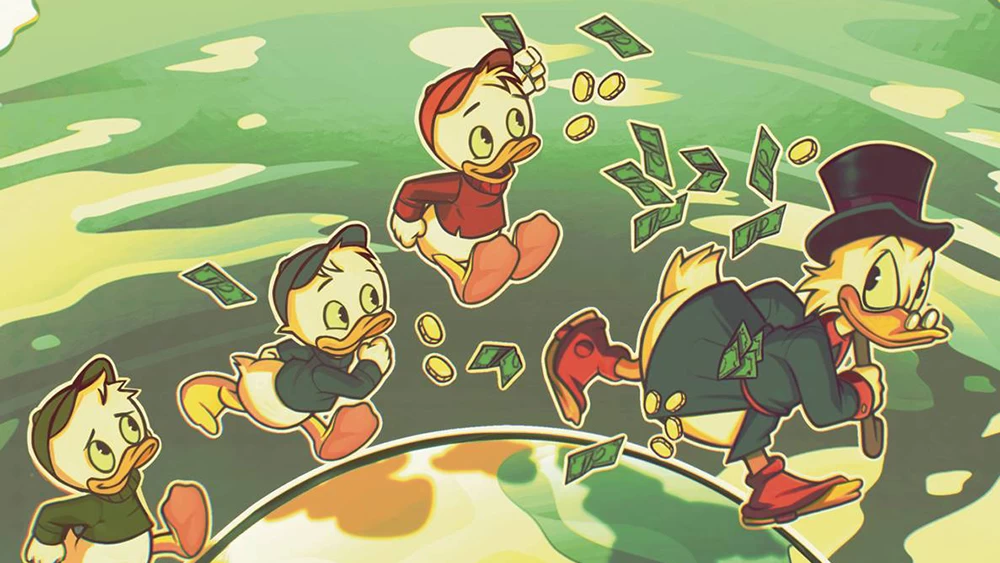
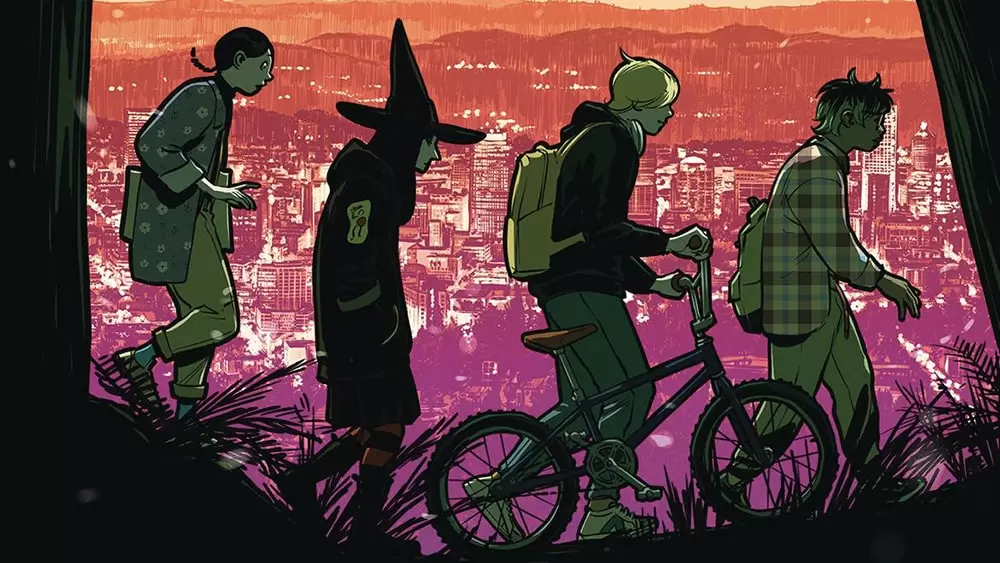
Hey, I'd like to see the newer version. I have the original by GW. I'm interested to see how it has changed. Maybe someday I might get to play it…sigh
You got a few rules wrong in this review.
The most important one is:
“… and as they reach the six space they are flipped face up to tell what location Dracula had visited six turns ago”
This is completely wrong, and changes the balance of the game.
From page 12 of the rules:
”
When this happens, the Dracula
player simply takes that Location card and
returns it to its proper place in the Location
deck. If the Location card was still facedown,
Dracula should not show it to the Hunters.
“
Thanks for pointing that out Raviv! I’ve made that correction. I have to point out that we were playing someone else’s copy and they explained the rules. So it’s seems as if they may have been playing a few house rules or a variant they didn’t mention.